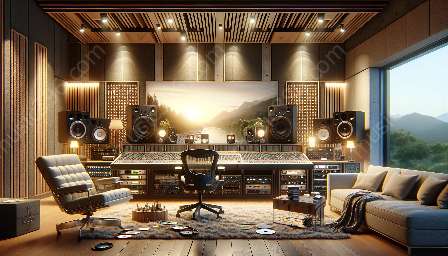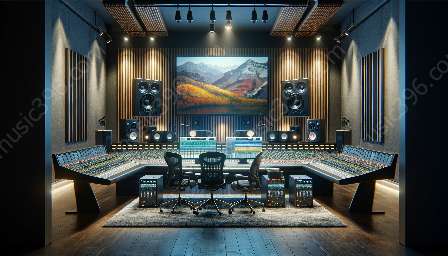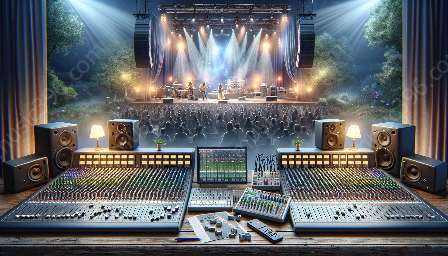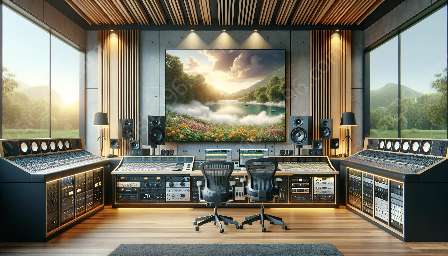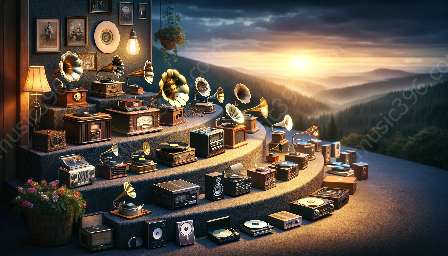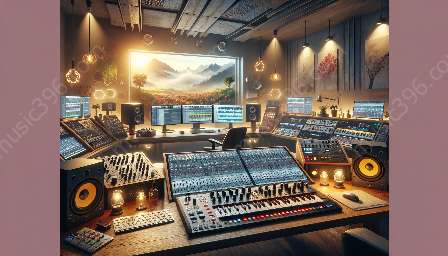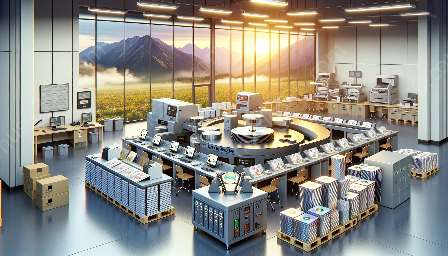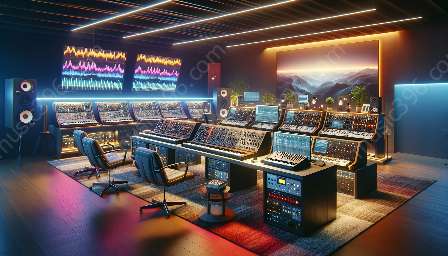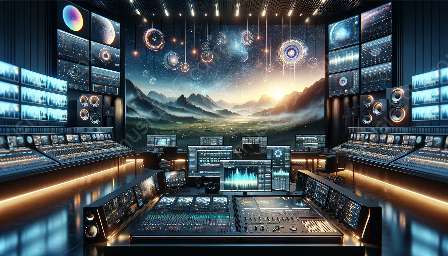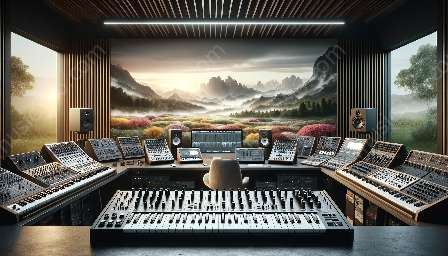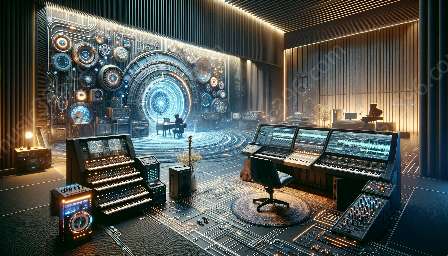Understanding the differences between analog and digital audio is essential for anyone interested in the world of CD, music, and audio. Join us as we explore the impact of these technologies in the context of modern audio production and playback.
Sound is an integral part of our lives, and technology has significantly shaped the way we experience and interact with audio. The transition from analog to digital audio has revolutionized the music and audio industry, presenting both opportunities and challenges. Let's delve deeper into the intriguing world of analog and digital audio and its compatibility with CD, music, and audio.
Analog Audio
Analog audio refers to the representation of sound in its original form, without any conversion into digital signals. It involves continuous electronic signals that directly mimic the variations in air pressure caused by sound waves. Vinyl records and cassette tapes are classic examples of analog audio formats. The peculiarity of analog audio lies in its ability to capture the nuances and warmth of sound, making it a favorite among audiophiles and music enthusiasts.
- Characteristics of Analog Audio:
- Continuous Waveform: Analog audio recordings consist of continuous waveforms, allowing for a smooth representation of sound.
- Warmth and Vintage Feel: Analog audio is often cherished for its warm, organic, and vintage sound characteristics that resonate with many music aficionados.
- Vinyl Records and Cassette Tapes: These physical formats have contributed to the rich history of analog audio playback and collection.
Digital Audio
In contrast, digital audio involves the conversion of sound into binary code, facilitating its storage, transmission, and manipulation in digital devices. CDs, MP3 files, and streaming platforms exemplify the ubiquity of digital audio in modern society. Digital audio offers advantages such as convenience, precise reproduction, and easy distribution, but some argue that it lacks the organic appeal of analog audio.
- Characteristics of Digital Audio:
- Binary Representation: Digital audio is essentially represented in binary form, providing accurate and reliable reproduction of sound.
- Convenience and Portability: With digital audio, music can be easily stored, shared, and accessed through various devices and platforms.
- CDs and MP3s: These digital formats have transformed the way music is consumed and distributed, marking a pivotal shift from analog to digital dominance.
The Impact on CDs
The advent of digital audio significantly influenced the creation and widespread adoption of CDs. CDs utilize digital technology to store audio data in a format that provides high fidelity and durability. The transition from analog vinyl records to digitally encoded CDs revolutionized audio storage, offering improved sound quality, convenience, and longevity.
Music and Audio Production
When it comes to music and audio production, the analog versus digital debate has been a constant source of contention and experimentation. Analog recording equipment, such as reel-to-reel tape machines and analog consoles, has long been revered for its sonic character and the tactile experience it provides to artists and engineers. Conversely, digital audio workstations (DAWs) and plugins have streamlined production processes and made advanced editing and manipulation accessible to a broader audience.
Final Thoughts
Ultimately, both analog and digital audio have distinct qualities and influences on the world of CD, music, and audio. While some may favor the warmth and nostalgia of analog formats, others embrace the convenience and precision of digital reproduction. The coexistence and interplay of these technologies continue to shape the landscape of audio consumption and production, highlighting the dynamic nature of the industry.
As we navigate through the ever-evolving realm of audio technologies, understanding the essence of analog and digital audio can deepen our appreciation for the art and science of sound reproduction.


